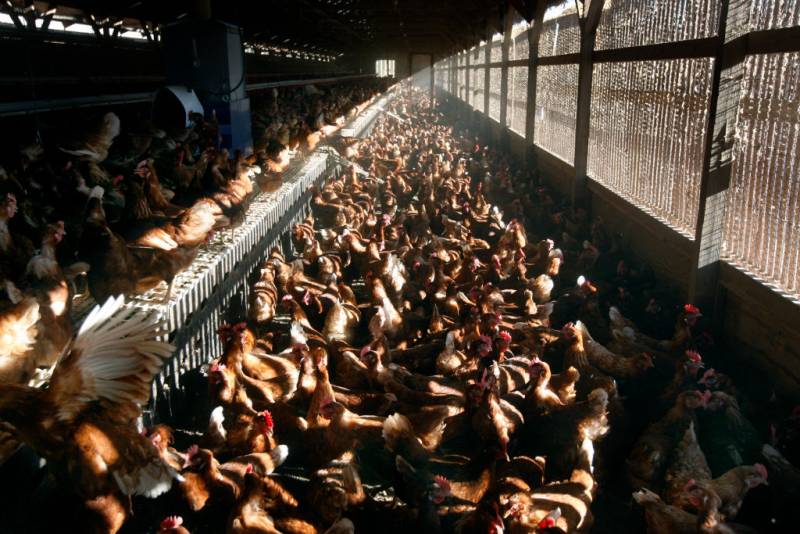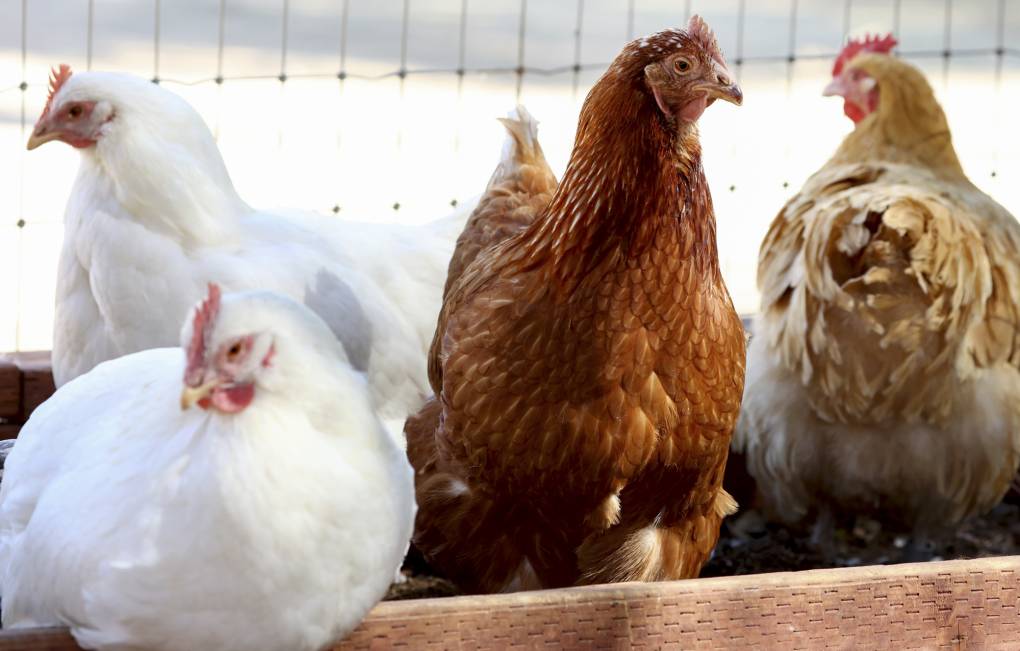More cases of avian flu were detected this week at three additional Sonoma County poultry operations near Petaluma, including one that houses nearly half a million birds, hitting the largest facility since the disease began ripping through this area late last month.
That brings the total number of sites here to seven, prompting the euthanization of more than 1 million birds, according to the U.S. Department of Agriculture, which tracks the outbreaks.
Highly Pathogenic Avian Influenza is typically spread from wild birds to farm-raised flocks through direct or indirect contact. The virus is often deadly to birds but is rarely transmitted to humans.
Bill Mattos, president of the California Poultry Federation, said the ongoing winter migration of wild birds has contributed to the transmission of the virus.
“I haven’t really got any reports from the state veterinarian other than the fact that they had hoped, like us, this wouldn’t have been so severe already,” Mattos said. “We’re just starting the winter months. It isn’t even halfway through.”

